The Most Successful Dating Apps For Finding Actual Love
If you’re single in 2022, then chances are you’ve tried to find love on a dating app. But with all the apps out there, it can feel overwhelming to know which ones are actually worth your time.
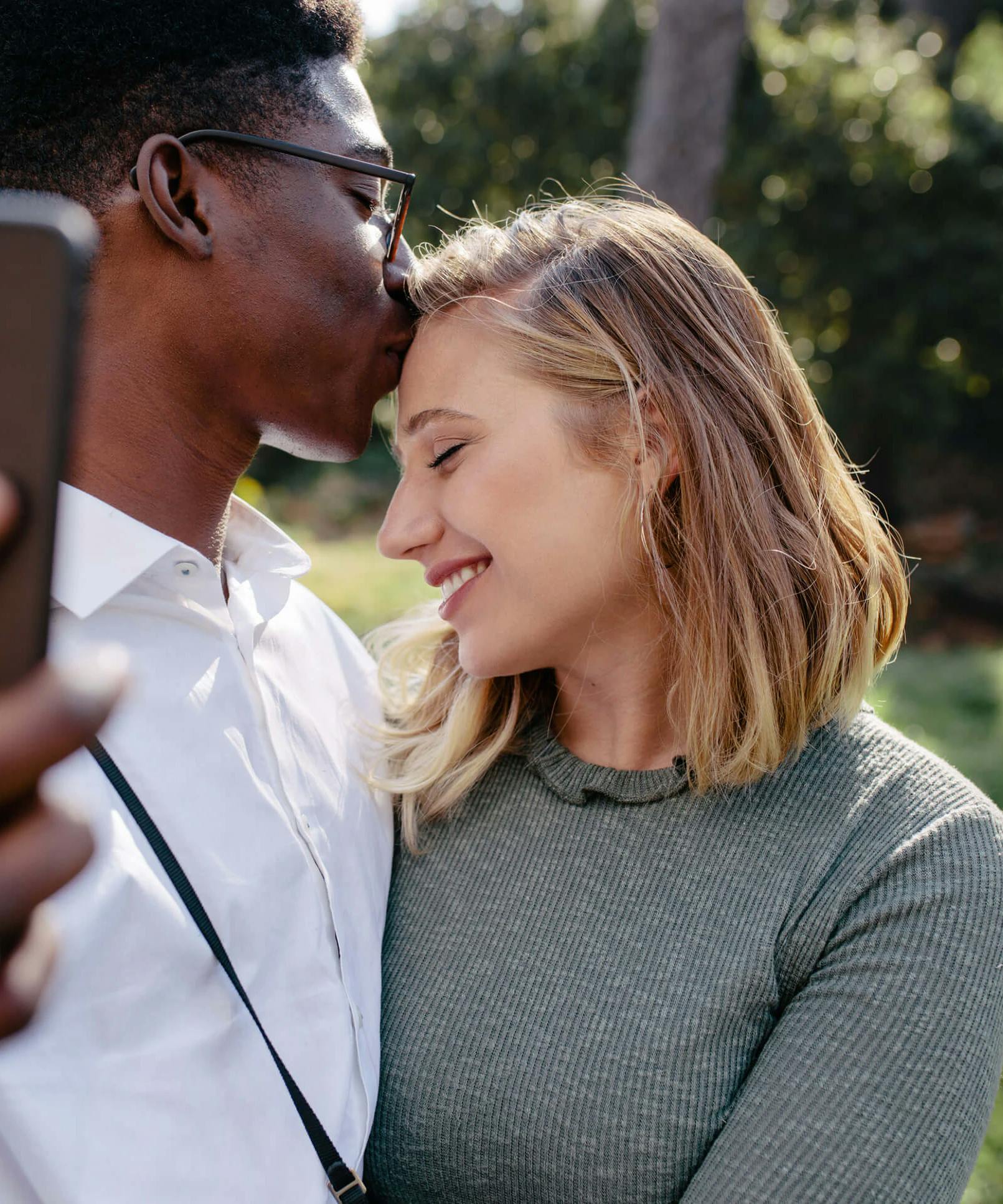
The results are in: a whopping 40% of Americans now use online dating and 20% of all committed relationships began online. Those are pretty good statistics for a method of dating that’s only been around since the mid-1990s. The Covid-19 pandemic expedited the rise of online dating even further, as scores of people who had previously shunned online dating suddenly found dating apps to be their only method of meeting new people during lockdowns. Love them or hate them, dating apps are now here to stay.
One important thing to remember is that not all dating apps are created equal. Many apps on the market are geared more towards hookups and short-term flings, neither of which is a great strategy for finding lasting love. Hookup culture is detrimental to both men and women, so for the purposes of this exercise, we’ll devote our focus to the apps that will give you the best shot at finding lasting commitment.
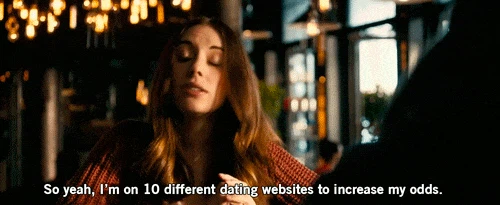
Hinge
Hinge bills itself as the app that’s “designed to be deleted” in that they want their users to find serious, lasting connections. They do that by focusing more on relevant information you might like to know about someone instead of looks alone. What a novel idea! On Hinge, you can showcase your personality by answering questions and prompts to let possible suitors know about your interests, hobbies, and other important details about your life and beliefs.
While you can use Hinge for free, the free profiles only allow a limited number of swipes per day, which I’d argue is actually a good thing because it tamps down on the mindless swiping. Instead, users are actively trying to choose people they’re interested in because they know they only get so many chances each day. Hinge has only become more popular in recent years, so while it’s not downloaded quite as often as rival apps, it still boasts a “90% [first date] success rate plus 72% of those dates result in a second date.”
Cost: Free! Premium subscriptions offered.
Tinder
Tinder was one of the first mobile dating apps to hit the market back in 2012 and continues to be the most-downloaded dating app to this day. Tinder is also the originator of the “swipe right, swipe left” colloquialism, and it’s still how you match with people on the app. Statistically, Tinder may give you the highest probability of meeting someone you’re compatible with, but it will likely take a lot of swiping because, while the odds are in Tinder’s favor, the details are not.
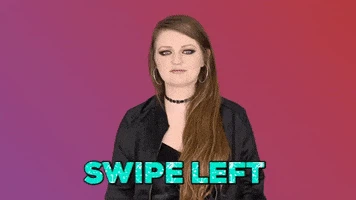
There are very few filters on the app, which can make it difficult to narrow down your search parameters if you’re looking for a specific kind of guy or if you have deal-breakers (such as politics or religion). The profiles are also very short, though they’ve implemented options to add more details in recent years. If you need more information to know whether or not you’d be compatible with someone (and who could blame you), Tinder might not be your thing.
Cost: Free! Premium subscriptions offered.
Bumble
Bumble’s claim to fame is that it’s a dating app created for women, by women. What sets it apart from other apps is that on Bumble, women have to make the first move. Once a woman matches with a potential date, she has 24 hours to message him before he disappears. Once she does send a message, the man then has 24 hours to respond. The time limit helps prompt users to be proactive and use the app, which is a good thing. However, when I used Bumble, I found that more matches slipped away than anything else because I would get too busy to message them within the time limit. Also, I didn’t really like being forced to make the first move.
Stripping men of the ability to make the first move right off the bat feels unnecessary. Most women like it when a guy knows how to take the lead and allowing a guy to do so (especially in the beginning of a relationship) doesn't make a woman any less empowered. However, Bumble’s popularity can't be ignored: it’s the second-most downloaded dating app behind Tinder.
Cost: Free! Premium subscriptions offered.
Match
Match has been around for a while and began as a dating website back in the 1990s before revamping as an app (but you can still use the website!). The majority of Match’s users (roughly 80%) are over the age of 30, and it’s another app that favors real relationships over hookups. Match also gives you the ability to narrow down your search so you can find men you might be more compatible with. You can search by age, height, distance, body type, and even hair color!
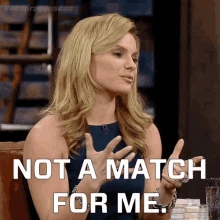
Match also boasts a high success rate: as of last year, Match was the source of over 500,000 relationships, around 100,000 marriages, and 1 million babies. That’s impressive, but keep in mind that Match has also been around since 1995, while many of its competitors didn’t launch until closer to 2012. Many people have found love on Match though, so if you’re willing to pay for the ability to search for a specific kind of guy (it’s a bit pricier than some of its competitors), then Match is certainly a good option.
Cost: Roughly $20 per month, depending on the plan you choose.
eHarmony
Like Match, eHarmony has also been around for a long time and was one of the first dating websites to hit the market back in the 1990s. eHarmony differs from its competitors in that it matches people based on its “love algorithm” as opposed to simply showing you people you might be compatible with. When you first sign up for eHarmony, you must answer an extensive questionnaire, which is what they use to match you with potential suitors. While some users like this feature, others find it frustrating that they can’t search eHarmony’s extensive database based on their own specifications. You pretty much have to trust that the algorithm will find the right person for you.
Since eHarmony has been around for a while, it also has a very high success rate. Here’s a fun Jeopardy fact for you: eHarmony is responsible for nearly 4% of U.S. marriages! That’s not really surprising when you consider that the site has roughly 10 million monthly users. Apparently there’s something to be said for love algorithms. That algorithm does come at a high cost, though. eHarmony is one of the most expensive dating sites out there.
Cost: Roughly $45 per month, depending on your subscription plan.
OkCupid
Honorable mention here goes to OkCupid, which is also one of the most downloaded dating apps on the market (right behind eHarmony). OkCupid is responsible for 91 million love connections each year, 50,000 dates each week, and boasts more mentions in the New York Times wedding section than any other app.
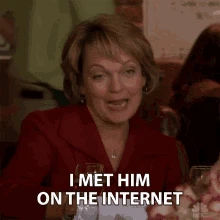
OkCupid prompts users to answer lots of questions and fill out detailed profiles, so it’s easier to find a man with whom you actually have things in common. Their mission statement is also one we can get behind: “OkCupid exists to serve the most fundamental and transformative human need – to find love and happiness through meaningful relationships with deep human connections.”
Cost: Free! Premium subscriptions offered.
Closing Thoughts
There’s certainly no shortage of options when it comes to dating apps, but it’s important to remember that simply because a dating app presents you with more options for potential suitors, doesn’t automatically mean the process is easier or that you will find someone who’s perfect. Remember that you’re trying to make a human connection based on shared values, not just looks alone. If you do meet someone you like on an app, try to meet them in person early on (in a safe, public place!) so you can find out if the two of you are truly compatible. The dating process might begin online, but relationships flourish in the real world.
Love Evie? Let us know what you love and what else you want to see from us in the official Evie reader survey.